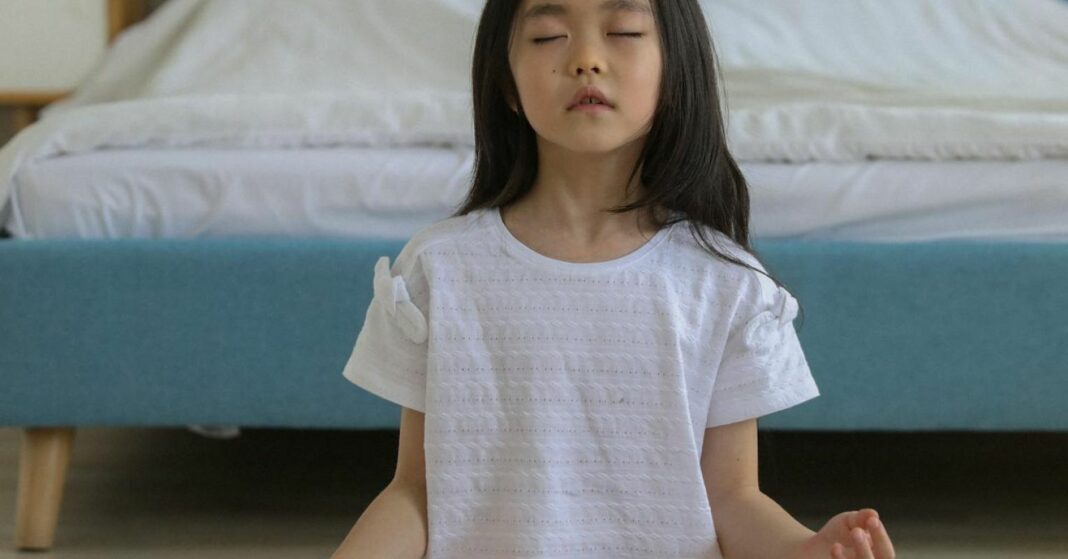Transform Anxiety: Effective Tips and Tools to Find Your Calm
Understanding Anxiety
Anxiety is a common mental health issue that can affect anyone at any age. It is normal to feel anxious now and then, but when it becomes persistent and overwhelming, it can negatively impact your daily life. Anxiety can manifest in various ways, such as constant worrying, restlessness, irritability, and difficulty concentrating.
Effective Tips to Manage Anxiety
1. Practice Deep Breathing
Deep breathing can help calm your mind and body by increasing oxygen flow and reducing stress hormones. Take slow, deep breaths in through your nose and out through your mouth.
2. Exercise Regularly
Regular physical activity can release endorphins, which are natural mood lifters. Aim for at least 30 minutes of exercise each day, whether it’s walking, jogging, yoga, or dancing.
3. Maintain a Healthy Diet
Eating a nutritious diet can support your mental health. Include plenty of fruits, vegetables, whole grains, and lean proteins in your meals. Limit your intake of sugar, caffeine, and alcohol, as they can worsen anxiety symptoms.
4. Get Sufficient Sleep
Poor sleep can exacerbate anxiety symptoms, so aim for 7-9 hours of quality sleep each night. Establish a bedtime routine and create a relaxing sleep environment to promote restful sleep.
5. Practice Mindfulness Meditation
Mindfulness meditation involves focusing on the present moment without judgement. This practice can help reduce anxiety by increasing self-awareness and promoting a sense of calm and clarity.
Tools to Find Your Calm
1. Journaling
Writing down your thoughts and feelings can help you process emotions and gain perspective on your anxiety triggers. Try journaling daily to track your progress and identify patterns in your anxiety.
2. Guided Imagery
Guided imagery involves visualizing peaceful scenes or positive outcomes to promote relaxation and reduce anxiety. You can find guided imagery scripts online or work with a therapist to develop personalized imagery techniques.
3. Progressive Muscle Relaxation
Progressive muscle relaxation involves tensing and relaxing different muscle groups to release tension and promote relaxation. Practice this technique regularly to reduce physical symptoms of anxiety.
4. Cognitive Behavioral Therapy
Cognitive behavioral therapy (CBT) is a type of therapy that can help you identify and challenge negative thought patterns that contribute to anxiety. Work with a therapist trained in CBT to develop coping strategies and techniques to manage anxiety.
Conclusion
Managing anxiety is a process that requires patience, self-awareness, and consistency. By incorporating effective tips and tools into your daily routine, you can find your calm and reduce the impact of anxiety on your life. Remember to seek support from a therapist or mental health professional if you need additional help in managing your anxiety.
FAQs
1. How long does it take to see results from using these tips and tools?
The timeline for seeing results from managing anxiety can vary depending on the individual and the severity of their symptoms. Consistency and patience are key when implementing these tips and tools.
2. Can I use these tips and tools in combination with medication for anxiety?
Yes, these tips and tools can be used in conjunction with medication for anxiety. It’s important to consult with your healthcare provider to develop a comprehensive treatment plan that addresses your specific needs.
3. Are there any potential side effects of using these tips and tools?
While these tips and tools are generally safe and effective for managing anxiety, it’s important to listen to your body and adjust your approach if you experience any discomfort or negative reactions. Consult with a healthcare provider if you have concerns about potential side effects.




